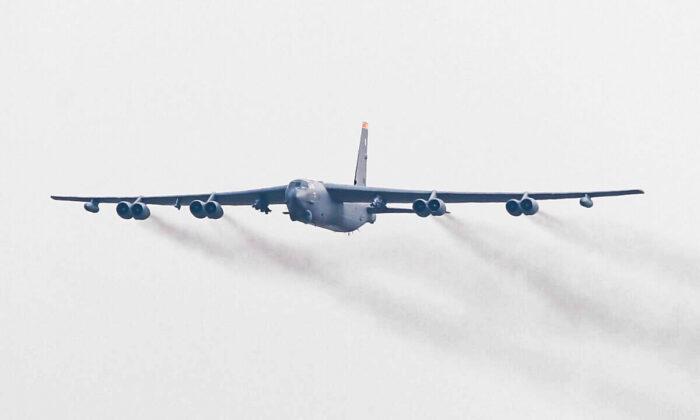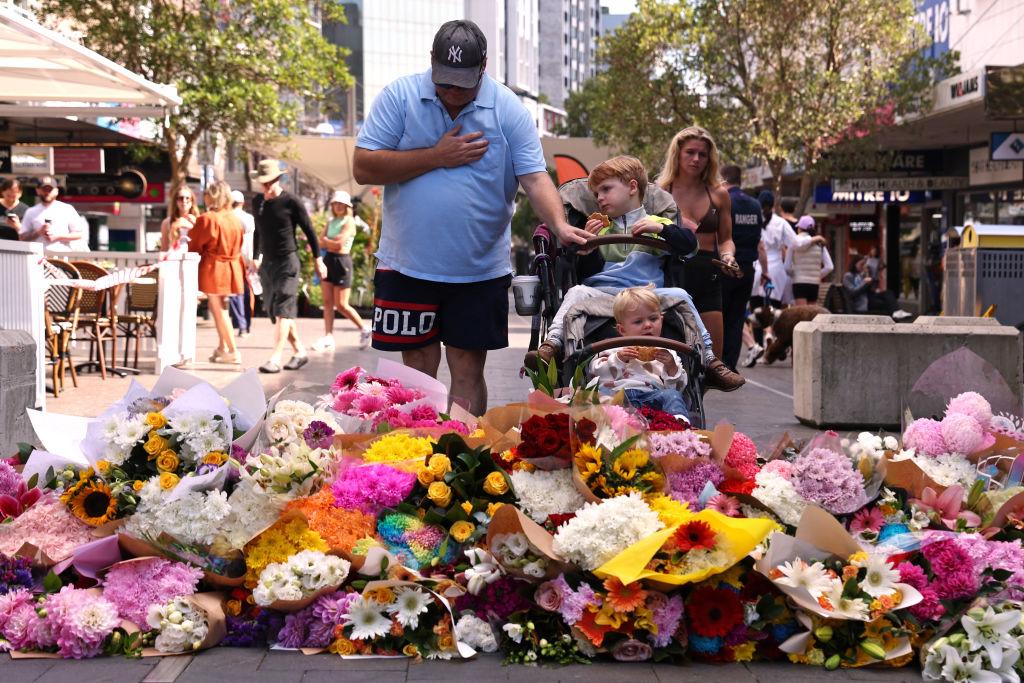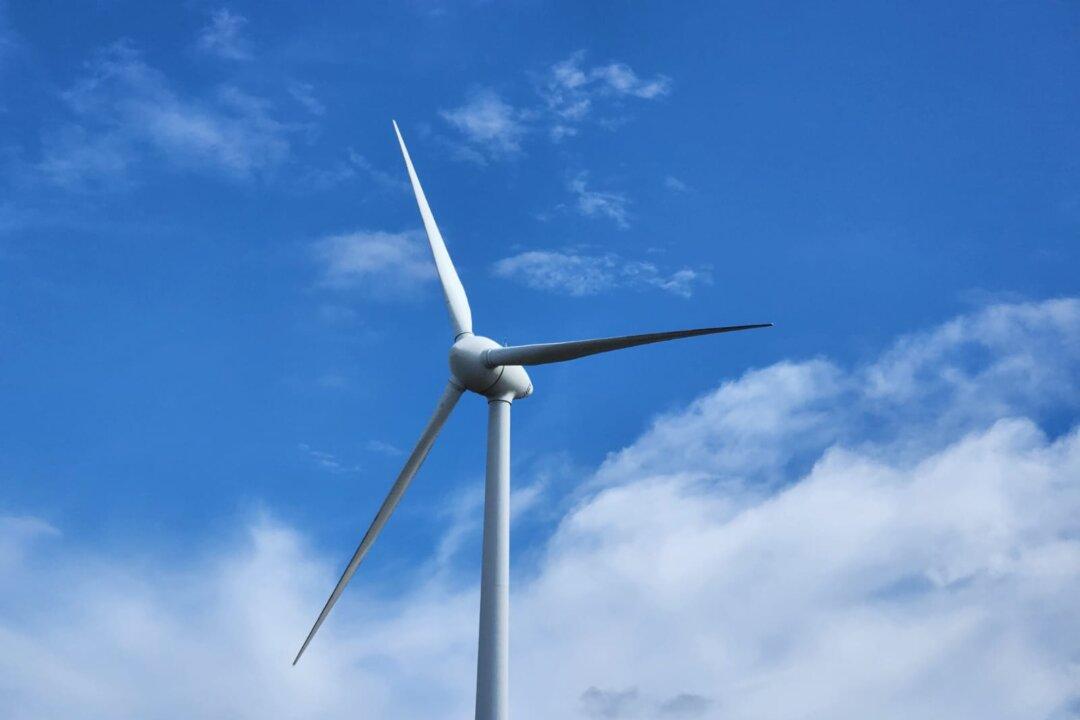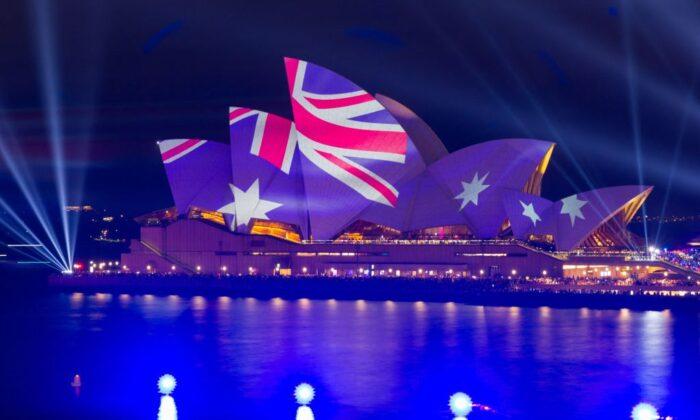The U.S. Air Force is preparing to deploy six B-52 bombers to northern Australia amid a steady build-up of U.S. military strength in the region in response to Beijing’s ongoing aggression, according to a news report.
Work is underway on dedicated facilities at Royal Australian Air Force Base Tindal, which is located 3 1/2 hours south of Australia’s northernmost city of Darwin.
U.S. officials have drawn up plans for a “squadron operations facility” and a maintenance centre and parking space for six B-52 bombers, Australian Broadcasting Corp. (ABC) reported. The cost is expected to reach US$100 million.
A Part of the Plan: Expert
In response, U.S. Ambassador to Australia Caroline Kennedy said the region faces “increasing tensions.”“I know that since I served in Japan, but America has for the past 75 years worked really hard to support the rules-based order,” she told ABC on Oct. 31.
Meanwhile, Michael Shoebridge, director of Strategic Analysis Australia, said reports of the buildup aren’t new, noting preparations have been ongoing since 2012 during the Obama–Gillard era.
“This is implementing that big idea from 2012, but the big new development, of course, is the much greater need to deter Beijing from conflict,” Shoebridge told The Epoch Times.
He said media reports and commentators may portray the move as an incitement of conflict with Beijing, but noted that Australia is only part of a wider “dispersing” of U.S. capability throughout the region against the Chinese Communist Party, notably Taiwan, Japan, South Korea, the Philippines, and Guam.
“[It is] complicating Beijing’s war planning. So it’s a strategic move and it’s not a really aggressive initiative that some [media] reports convey—it’s smarter, rather than aggressive.”






Friends Read Free